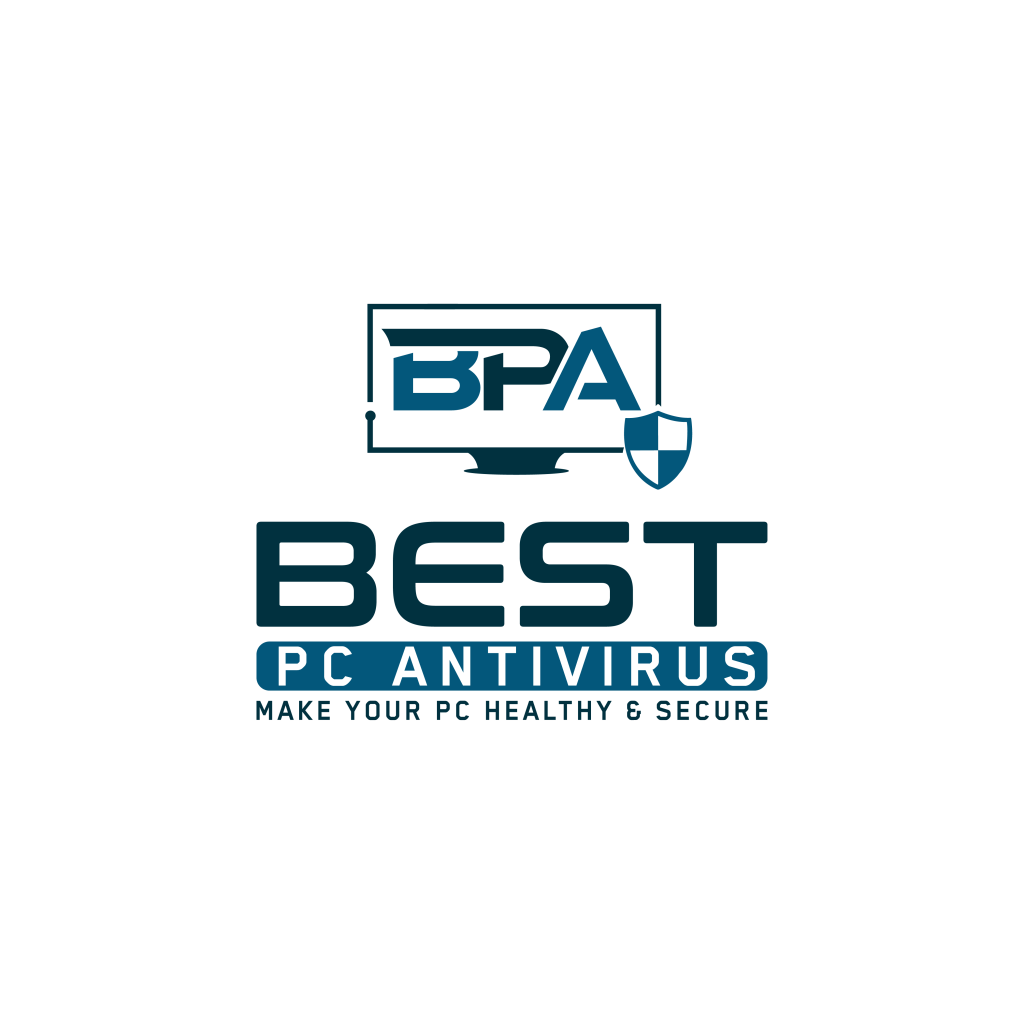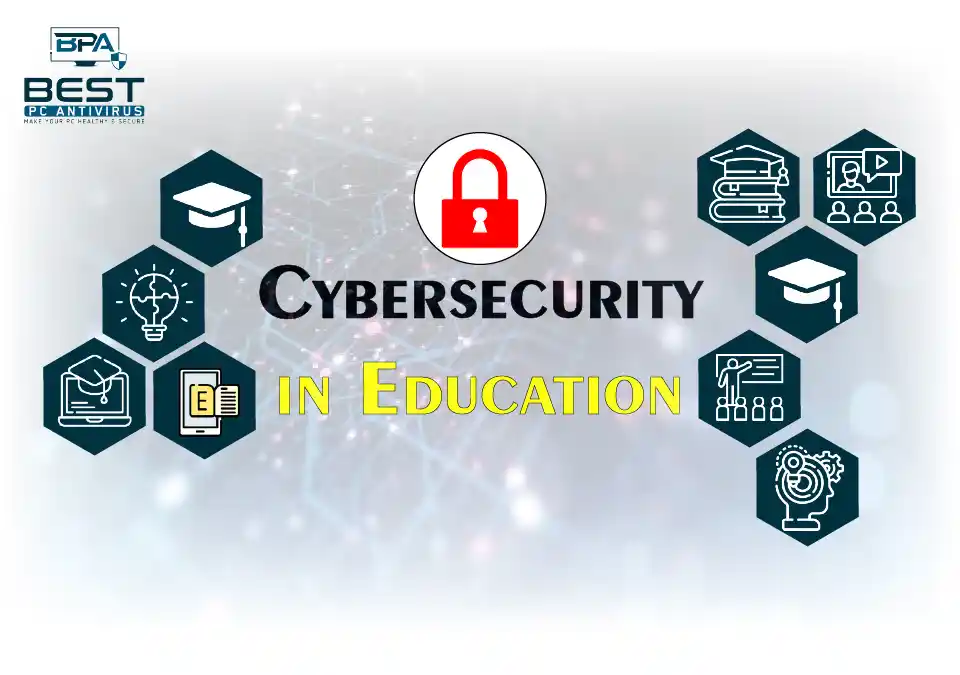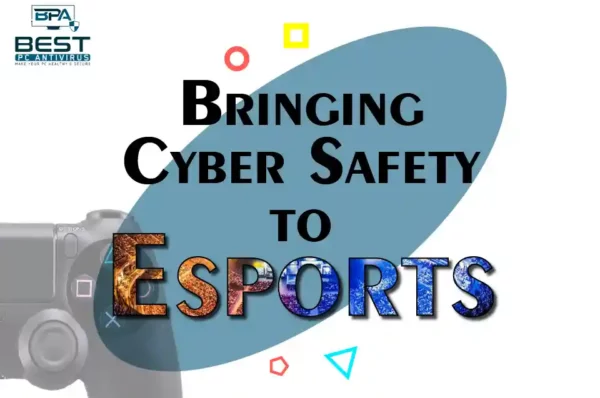The education sector / educational sector is facing a growing and intricate cybersecurity problem. Educational institutions are being specifically targeted by hackers because of the enormous amount of sensitive data they possess, ranging from personal information of staff and students to valuable research data. The situation has only worsened with the rapid adoption of e-learning, collaborative apps, remote access, and the presence of numerous devices with diverse operating systems on the network.
To underscore the magnitude of the issue, the frequency of ransomware attacks in education has surged in recent times. In 2021, 56% of lower education and 64% of higher education organizations reported being hit by ransomware, up from 44% in 2020*. A comprehensive report indicates that almost half of education institutions have experienced an increase in the complexity, volume, and impact of cyberattacks in the previous year.
Challenges that the Education Sector Faces
The use of encryption protocols in collaboration and data sharing tools can pose a challenge for protection technologies, as it creates vulnerabilities that cybercriminals can exploit to conduct malicious activities without being detected.
For instance, cybercriminals can use encryption to conceal data exfiltration operations and hide command-and-control traffic. Schools must prioritize internet safety and regulatory compliance. It is worth noting that cybercriminals are targeting cloud-based technologies as these are generally less secure than traditional on-premises environments.
The utilization of encryption protocols in collaboration and data sharing tools poses challenges for cybersecurity technologies as they create blind spots that allow cybercriminals to carry out malicious activities undetected. These activities include cloaking data exfiltration operations and hiding command-and-control traffic.
It is crucial for schools to comply with regulations and ensure student safety while accessing the internet. Cybercriminals are taking advantage of the adoption of cloud-based technologies since cybersecurity practices are not yet well-established in these environments, unlike traditional on-premises setups.
What Can Be Done?
We have a few suggestions-
Suggestion #1 Conduct regular cybersecurity training for faculty, staff, and students
Educational institutions can organize regular training sessions to educate faculty, staff, and students about cybersecurity best practices. For example, they can provide guidance on creating strong passwords, identifying phishing emails, and avoiding risky behavior online. By doing so, they can create a culture of cybersecurity awareness and help reduce the risk of cyber incidents caused by human error.
Suggestion #2 Implement multi-factor authentication
Multi-factor authentication (MFA) can significantly improve the security of user accounts by requiring users to provide additional proof of identity beyond just a username and password. For example, an educational institution can require users to provide a unique code sent to their mobile device or a biometric scan, such as a fingerprint or facial recognition. MFA can prevent unauthorized access to user accounts even if an attacker manages to obtain a user’s credentials.
Suggestion #3 Regularly patch and update software and devices
Regularly patching and updating software and devices is critical to addressing known vulnerabilities that attackers can exploit. Educational institutions can establish a process for identifying and prioritizing software and device updates and patches, testing them before deployment, and ensuring that they are applied in a timely manner. This can help prevent attackers from exploiting known vulnerabilities to gain access to the institution’s network and data.
Suggestion #4 Use firewalls and intrusion detection and prevention systems (IDPS)
Firewalls and intrusion detection and prevention systems (IDPS) can help prevent and detect malicious network traffic. Educational institutions can deploy firewalls at the network perimeter to monitor and control incoming and outgoing traffic. They can also deploy IDPS to detect and block malicious activity, such as network scans, malware infections, and suspicious user behavior. These systems can help prevent cyber incidents by identifying and blocking attacks before they can cause damage.
Suggestion #5 Encrypt sensitive data
Encryption can help protect sensitive data in transit and at rest. Educational institutions can encrypt data stored on servers, laptops, and mobile devices, as well as data transmitted over networks. For example, they can use secure protocols such as SSL/TLS to encrypt network traffic and implement full-disk encryption on laptops and other mobile devices. This can help prevent unauthorized access to sensitive data in case of a security breach.
Suggestion #6 Backup data regularly
Regular data backups can help minimize the impact of a cyberattack. For example, if an educational institution falls victim to ransomware, regular backups will enable them to restore their systems and data to a point prior to the attack, minimizing the downtime and data loss. If backups are not performed regularly, the institution may lose critical data or have to pay the ransom to retrieve their data.
Suggestion #7 Develop incident response plans
Having an incident response plan in place can help educational institutions to minimize the damage caused by a cyberattack. For example, if a cyberattack occurs, the institution can quickly respond and contain the attack, minimizing the impact and disruption to the organization. Regular testing of the plan can help identify gaps and ensure that it is effective in addressing current threats.
Suggestion #8 Choose security-focused vendors
Selecting vendors who prioritize security can help mitigate cybersecurity risks. For example, vendors who regularly update their software to address vulnerabilities and improve security will minimize the risk of cyberattacks. Choosing vendors with strong security track records and ensuring that they are held accountable for security breaches can also help minimize risks.
Suggestion #9 Stay up-to-date with the latest threats
Staying informed about the latest threats and vulnerabilities can help educational institutions stay ahead of potential cyberattacks. For example, regular updates on the latest threats can help institutions to implement new policies or technologies to address those threats, reducing the risk of an attack. Regular training for staff and students can also help to raise awareness and promote good cybersecurity practices
FAQs
Why are educational institutions specifically targeted by cybercriminals?
Educational institutions possess an enormous amount of sensitive data, including personal information of staff and students and valuable research data, which makes them attractive targets for cybercriminals. The adoption of e-learning, collaborative apps, remote access, and the presence of numerous devices with diverse operating systems on the network have also increased their vulnerability to cyber attacks.
What are some of the challenges that educational institutions face in terms of cybersecurity?
The use of encryption protocols in collaboration and data sharing tools can create blind spots that allow cybercriminals to carry out malicious activities undetected. Schools must prioritize internet safety and regulatory compliance. Cybercriminals are targeting cloud-based technologies since cybersecurity practices are not yet well-established in these environments, unlike traditional on-premises setups.
What can educational institutions do to improve their cybersecurity?
Educational institutions can take several steps to improve their cybersecurity, including conducting regular cybersecurity training for faculty, staff, and students; implementing multi-factor authentication; regularly patching and updating software and devices; using firewalls and intrusion detection and prevention systems; encrypting sensitive data; backing up data regularly; developing incident response plans; choosing security-focused vendors; and staying up-to-date with the latest threats.
What is multi-factor authentication, and how can it improve security?
Multi-factor authentication requires users to provide additional proof of identity beyond just a username and password. For example, an educational institution can require users to provide a unique code sent to their mobile device or a biometric scan, such as a fingerprint or facial recognition. MFA can prevent unauthorized access to user accounts even if an attacker manages to obtain a user’s credentials.
How can encryption help protect sensitive data?
Encryption can help protect sensitive data in transit and at rest. Educational institutions can encrypt data stored on servers, laptops, and mobile devices, as well as data transmitted over networks. For example, they can use secure protocols such as SSL/TLS to encrypt network traffic and implement full-disk encryption on laptops and other mobile devices. This can help prevent unauthorized access to sensitive data in case of a security breach.
Read More : Guide : Cybersecurity for Marketing Organizations




